How Do You Ground a Light Switch without a Ground Wire?
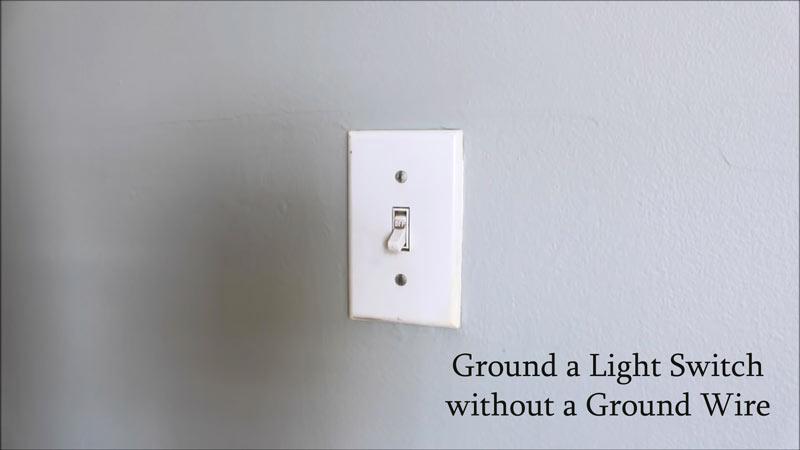
You can ground a light switch without a ground wire by using a wire connector over the end of the wire. This will keep the electrical junction box from becoming contaminated and reducing your chances of electric shock when working on the wiring in that area.
Make sure to coil up the ground wire before pushing it back into place, to avoid any potential damage to your home’s electrical system. If you are having trouble locating an electrical junction box or if you need help finding wires in general, don’t hesitate to contact an expert for assistance.
You'll Learn About
Ground a Light Switch
A lot of people think that they don’t need to ground a light switch, but this is not always the case. Grounding a light switch helps protect against electric shock and can improve the efficiency of your home’s wiring.
The Ground is not Required While Replacing Switch
If you are replacing a switch, no ground is required. The new switch will be grounded via the device yoke and mounting screws.
The Ground is Required During Installation
When installing a switch, it will be grounded via the device yoke and mounting screws. You have to be careful to not touch the ground screw on the back of the switch, or it will not function. There is a small tab at the end of the ground screw that you have to grab with your fingernail. If you are using the included mounting screws, you can use the backside of the switch to find the ground screw, or use a screwdriver.
Ground a Light Switch without a Ground Wire
When you’re setting up your new home, one of the first things you’ll need to do is ground all of your light switches. This is important because it will keep any electricity from flowing through the switch and into the electrical wiring in your home.
Tools You’ll Need
- Flat-Head Screwdriver.
- Phillips-Head Screwdriver.
- Needle-Nose Pliers.
- Wire Strippers.
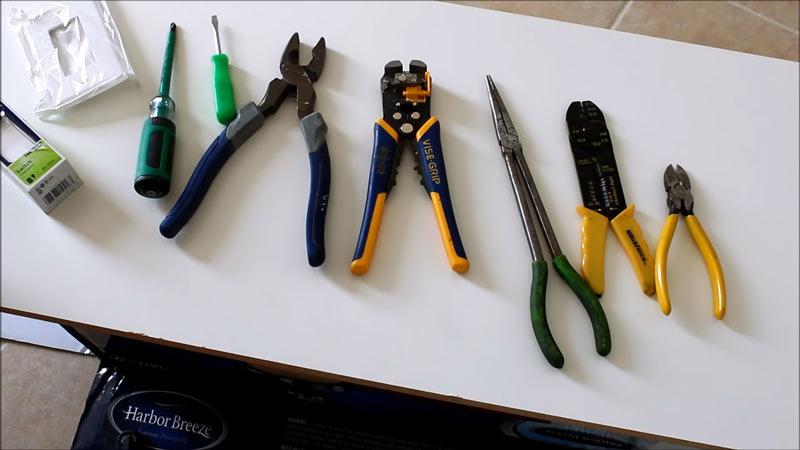
Place a wire connector over the end
A wire connector is a small, round metal device that you can use to connect two wires together. When ground wiring your light switch, it’s important to make sure that you place the connector over the end of thewire and coil up the ground wire before pushing it back into electrical junction box.

Coil up the ground wire
When grounding your light switch, it’s important to wrap the ground wire around several times so that it forms a tight coil. This will ensure that there is enough contact betweenthe grounded panel and your light switch to ensure that it will not work properly if there is a fault with that wiring connection between them.
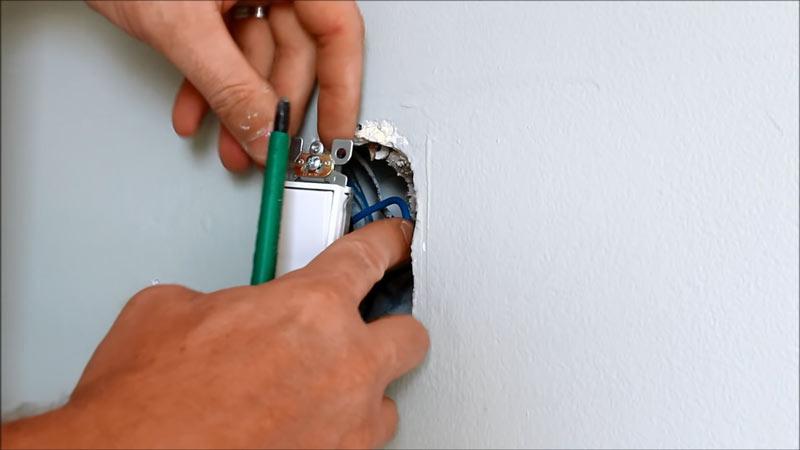
Push it back into electrical junction box
Once you’ve coiled up the ground wire and put the connector over the right end of it, you’ll need to push the necessary ground wire back into the junction box on the room interior wall of the house. Make sure not to touch any other parts of this circuit while doing this. The tight the screws.
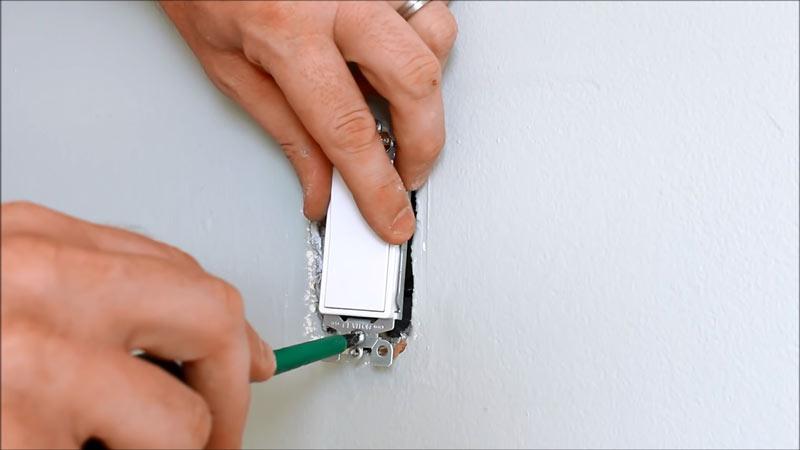
What if my light switch does not have a ground wire?
If your light switch does not have a ground wire, you should replace it with a GFCI protection device to prevent dangerous overloads and charges. But some periferals doesn’t need to be grounded. Like, you can easily install light fixture without a ground wire.
To check if your lights have a ground wire connected, locate the plug on the wall near your light switch and see if there is an insulated black screw connecting the two wires at either end of the plug.
If you do not have any grounded plugs nearby, you can purchase a replacement ungrounded plug from most hardware stores or home improvement stores. Finally, always replace an outdated light switch with one that has been wired properly for safety purposes.
Hook up the light without a ground wire
To hook up light without a ground wire, you will need to find the ground wire first. You can attach the ground wire to a metal part of your light fixture, making sure there is no voltage on it.
Turn off power to the light fixture and make sure there isn’t any current running through the ground wire before connecting it back up.
Attach the ground wire to the mounting screw
You can attach a ground wire to the mounting screw of your light if you want to make sure it is safe and secure. This will help reduce the chances of your light getting damaged in an accident. Let’s see why:
Always Attach Ground Wire
It is always important to attach a ground wire to the mounting screw of your metal frame car. This will ensure that you have a secure connection between your vehicle and the electrical system. You can also connect this wire to the grounding terminal on your battery or another nearby grounded object.
Metal Frame Can Ground Itself
Due to the fact that metal frames are typically made out of strong materials, they can often ground themselves in certain situations. In cases like this, you may not need to attach any extra wires or devices.
Use a Pigtail Off The Box
If you’re using an incandescent light bulb and want it to be grounded, make sure that the pigtail off of the box goes into an appropriately wired outlet before connecting it up to your lamp’s ground wire (usually green). Then run supply wiring from there down through the floorboards or undercarriage of your vehicle into its engine bay where it will connect with power supplies for all other components in your car’s including fuel injectors.
Finally, tie everything together by attaching one end of a braided cord onto either side of whatever switch/lever controls illumination in your car (typically near door handles) and then snaking both cords back up through vents, etc., finally reaching their terminals just inside front door jambs.)
Adding a ground to the knob and tube wiring
No, you shouldn’t add ground to the knob and tube wiring. If there is no ground, a grounded outlet is dangerous there. Let’s discuss it briefly:
No Actual Ground Path Available
If you want to add a ground wire to your knob and tube wiring, you will not be able to do so. This is because there is no actual ground path available in this type of wiring. This can be dangerous if something were to happen while the wire was live, such as an electrical shock.
Knob and Tube Wiring Lacks Grounding Poing
Your knob and tube wiring does not have an actual grounding point, which means that adding a ground wire would actually create more problems than it would solve.
There is simply not enough metal in this type of wiring for a grounded connection to make sense or hold up under pressure.
No Guarantee of Adequate Pathway
Even if you could install a ground wire in your knob and tube wiring, there would still be no guarantee of an adequate pathway for the electricity flow. Adding another layer of insulation between the wires and the joists or studs might help protect them from short circuits but it’s ultimately up to the builder/renter/owner whether they want this additional protection or not – it’s entirely at their discretion.
Grounding is not Necessary For Everything
Grounding isn’t always needed when installing knob and tube lighting since there are usually alternative pathways available (such as using earth bonding). However, some people prefer having all their fixtures connected together by one continuous strand of copper so that everything shares equal power loads; hence why grounding can sometimes play an important role even with non-grounded systems.
Can a ground wire be added later?
Adding a ground wire to a car can help reduce the risk of electrical problems. But many old houses lack it. This is especially important if you have a newer, more sophisticated home that is equipped with electronics like smart systems and temperature control.
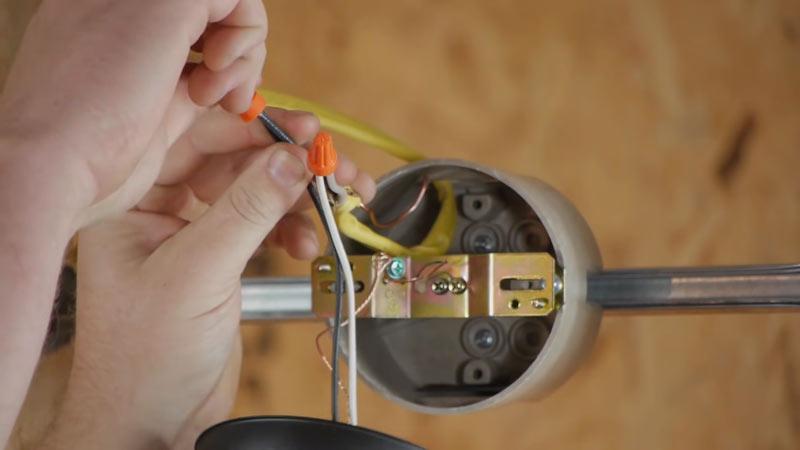
By grounding these components to the electrical systems, you ensure that any static electricity build-up on the wires will be eliminated.
Grounding Wire
Ground wires are a traditional safety feature and can help reduce the risk of electric shock. They carry earth-ground potential which helps to stabilize electrical systems and by running them between all your boxes, you’ll create a cleaner look and easier installation process.
Proper Installation of Ground Wire
The proper installation of ground wires is essential for providing protection from accidental shocks. If these wires are not properly installed, they may not provide adequate protection against electric hazards.
It is important that grounds are connected together properly so that there is no chance of one circuit causing an unexpected surge in voltage on another circuit nearby – this could cause serious injury or even death.
Ground Wire Location
Properly installing ground wires requires expertise and experience – do not attempt to install them yourself if you aren’t confident in your abilities. A correctly installed ground wire should be located at the junction of two metal surfaces or within an approved enclosure designed to protect it from damage or weathering (e. g. in a conduit).
To Recap
Grounding a light switch without a ground wire isn’t that hard. But you need the right tools with you. The ground wire is the most important part of a light switch. It’s what keeps your lights from getting shocked by a stray current. Some switches have a ground wire already in them, but others don’t.
It’s always a good idea to have a ground wire handy, though. It’s easy to add a ground wire to any switch.
Frequently Asked Questions
What is the difference between a plastic switch and a metal switch?
A plastic switch is a low-cost plastic switch that is usually mounted on a metal box. They are not rated for continuous use, and will eventually wear out. They are usually mounted on a metal box with screws, and are usually the cheapest option.
Can I Connect the Green Wire to the White Wire?
No, you can’t connect green wire to white wire. Because the green wires are used as ground wire. If you want, you can; but you have to make sure all the connections are okey.
What if I am installing a plastic switch instead of a metal one?
A plastic switch can be used to replace a metal switch. It is not rated for continuous use, and is not rated for any specific amount of current. If you are using it as an emergency backup, you may want to purchase a metal switch.
Do I have to put a ground wire in a metal box?
If you have a metal box, you do not need to attach a ground wire to it. The metal box is already grounded. If you are using it as an emergency backup, you may want to purchase a metal switch.

